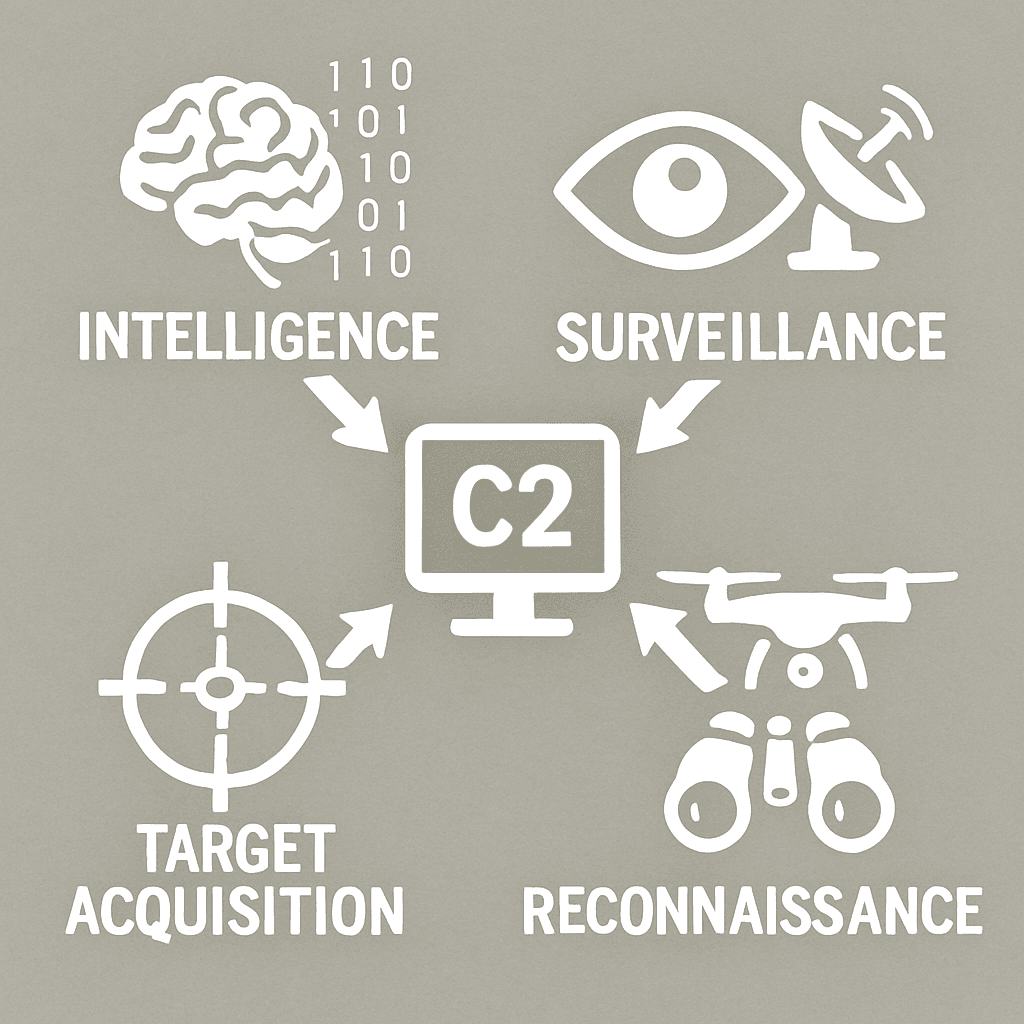Leveraging ISTAR for Enhanced Decision-Making in Military Operations



Meta Description: (Image Suggestion: )
Introduction: From Information Gathering to Decision Dominance
In the high-stakes environment of modern military operations, timely and accurate information is the currency of success. While often used interchangeably with ISR (Intelligence, Surveillance, Reconnaissance), ISTAR adds a crucial component: Target Acquisition. This distinction highlights a more proactive posture – not just observing and understanding the battlefield, but actively identifying and locating targets to enable engagement and desired effects. Effective ISTAR is the bedrock upon which enhanced military decision-making is built, directly contributing to operational tempo, force protection, and mission accomplishment.
For commanders at all echelons, ISTAR capabilities provide the necessary situational awareness and battlefield intelligence to move beyond reactive responses. It fuels the OODA loop (Observe, Orient, Decide, Act), enabling forces to anticipate adversary actions, identify opportunities, allocate resources efficiently, and execute operations with greater precision and speed.
Deconstructing ISTAR: The Pillars of Informed Action
Understanding the individual components clarifies how they synergize:
- Intelligence: This involves the processing and analysis of collected information from all sources (HUMINT, SIGINT, GEOINT, OSINT, etc.) to produce actionable assessments. Intelligence answers the "so what?" question – providing context, assessing adversary capabilities and intentions, identifying patterns, and predicting potential courses of action. It transforms raw data into knowledge for decision-makers.
- Surveillance: The systematic observation of aerospace, surface, or subsurface areas, places, persons, or things by visual, aural, electronic, photographic, or other means. Surveillance is often persistent, providing continuous monitoring to detect changes and activities over time. Think of a UAV providing overwatch on a specific sector.
- Target Acquisition (TA): This is the critical differentiator. TA involves the detection, identification, and location of a target in sufficient detail to permit the effective employment of lethal or non-lethal means. ISTAR focuses collection efforts specifically to develop targetable information, bridging the gap between knowing something exists and being able to act upon it effectively and within the rules of engagement (ROE).
- Reconnaissance: Undertaken to obtain, by visual observation or other detection methods, information about the activities and resources of an adversary or potential adversary, or to secure data concerning the meteorological, hydrographic, or geographic characteristics of a particular area. Reconnaissance missions are often specific and time-limited, seeking answers to defined intelligence requirements (e.g., confirming the status of a bridge, scouting a potential route).
The true value emerges when these elements are integrated. Surveillance might detect an anomaly, reconnaissance confirms it's hostile activity, intelligence assesses its significance and intent, and target acquisition provides the precise location and identification needed for engagement or other action.
The Impact of Effective ISTAR on Decision-Making
Leveraging a robust ISTAR capability yields tangible benefits:
- Accelerated OODA Loop: High-quality, timely ISTAR feeds allow commanders to Observe and Orient faster, leading to quicker and potentially pre-emptive Decisions and Actions. This speed is crucial for seizing the initiative.
- Increased Accuracy and Precision: Detailed target acquisition data minimizes guesswork, reducing the risk of collateral damage and fratricide. It enables the precise application of force, maximizing effects while conserving resources.
- Enhanced Force Protection: Early warning of threats, identification of ambush sites or IEDs, and better understanding of adversary dispositions allow commanders to maneuver forces more safely and implement protective measures proactively.
- Optimized Resource Allocation: Knowing where and when to apply assets – whether kinetic fires, EW, cyber effects, or ground maneuvers – is crucial. ISTAR provides the intelligence needed to prioritize targets and allocate limited resources for maximum impact.
- Improved Operational Planning: Comprehensive battlefield understanding derived from ISTAR allows for more realistic and effective course of action (COA) development and wargaming.
Technology: The Engine of Modern ISTAR
The effectiveness of contemporary ISTAR relies heavily on advanced technology:
- Multi-Spectrum Sensors: Electro-optical/infrared (EO/IR), radar (SAR, MTI), signals intelligence (SIGINT), acoustic sensors, and others provide data across various conditions and domains.
- Diverse Platforms: Unmanned Aerial Vehicles (UAVs/drones) of all sizes, manned aircraft, satellites, ground-based systems, and increasingly, soldier-worn sensors contribute to the collection network.
- Data Fusion and AI: The sheer volume of data necessitates Artificial Intelligence (AI) and Machine Learning (ML) to automatically process, correlate, and fuse information from multiple sources, identify patterns, and flag potential targets or threats far faster than human analysts alone.
- Resilient Networks: Secure, high-bandwidth communication links are essential to disseminate perishable ISTAR data rapidly from sensor to shooter and decision-maker, even in contested electronic environments.
Integrating Blue Force Tracking: Adding Critical Context
Within the complex web of ISTAR data, knowing the precise, real-time location of friendly forces is indispensable. Blue Force Tracking (BFT) systems, particularly wearable devices like those developed by Unbound Autonomy, provide this vital context. Integrating BFT data into the ISTAR picture:
- Prevents Fratricide: Clearly distinguishing friendly positions is paramount during target acquisition and engagement.
- Validates Intelligence: Correlating detected activity with known friendly locations helps confirm or deny potential threats.
- Refines Situational Awareness: Understanding the disposition of blue forces relative to developing situations or identified targets allows for better tactical decision-making.
- Enhances C2: Commanders can direct units more effectively based on a clear picture of both friendly and enemy elements derived from fused ISTAR and BFT data.
Data from soldier status monitoring, integrated via wearables, can further enrich the ISTAR picture by providing insights into unit condition and readiness.
Conclusion: ISTAR as a Decision Enabler
In the intricate and often dangerous landscape of modern military operations, ISTAR is not merely an intelligence function; it is a fundamental enabler of effective command and control. By providing commanders with timely, accurate, and actionable information derived from integrated intelligence, surveillance, target acquisition, and reconnaissance efforts, ISTAR capabilities empower superior decision-making. As technology continues to advance, particularly in sensor capabilities, AI-driven analysis, and the integration of soldier-level data through systems like Blue Force Tracking, the potential for ISTAR to provide decisive advantages on the battlefield will only grow. Harnessing this potential is key to navigating the complexities of future conflicts.